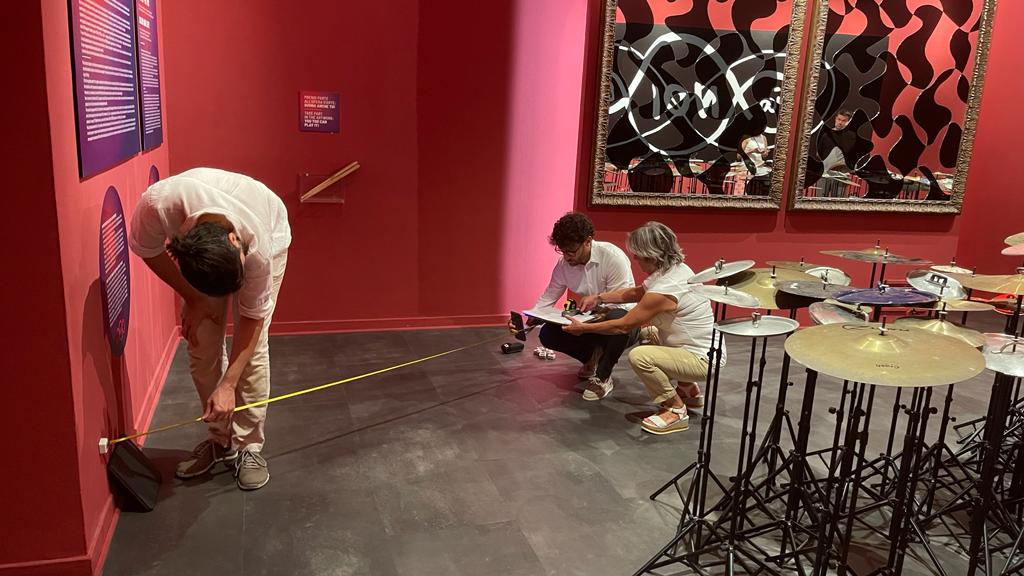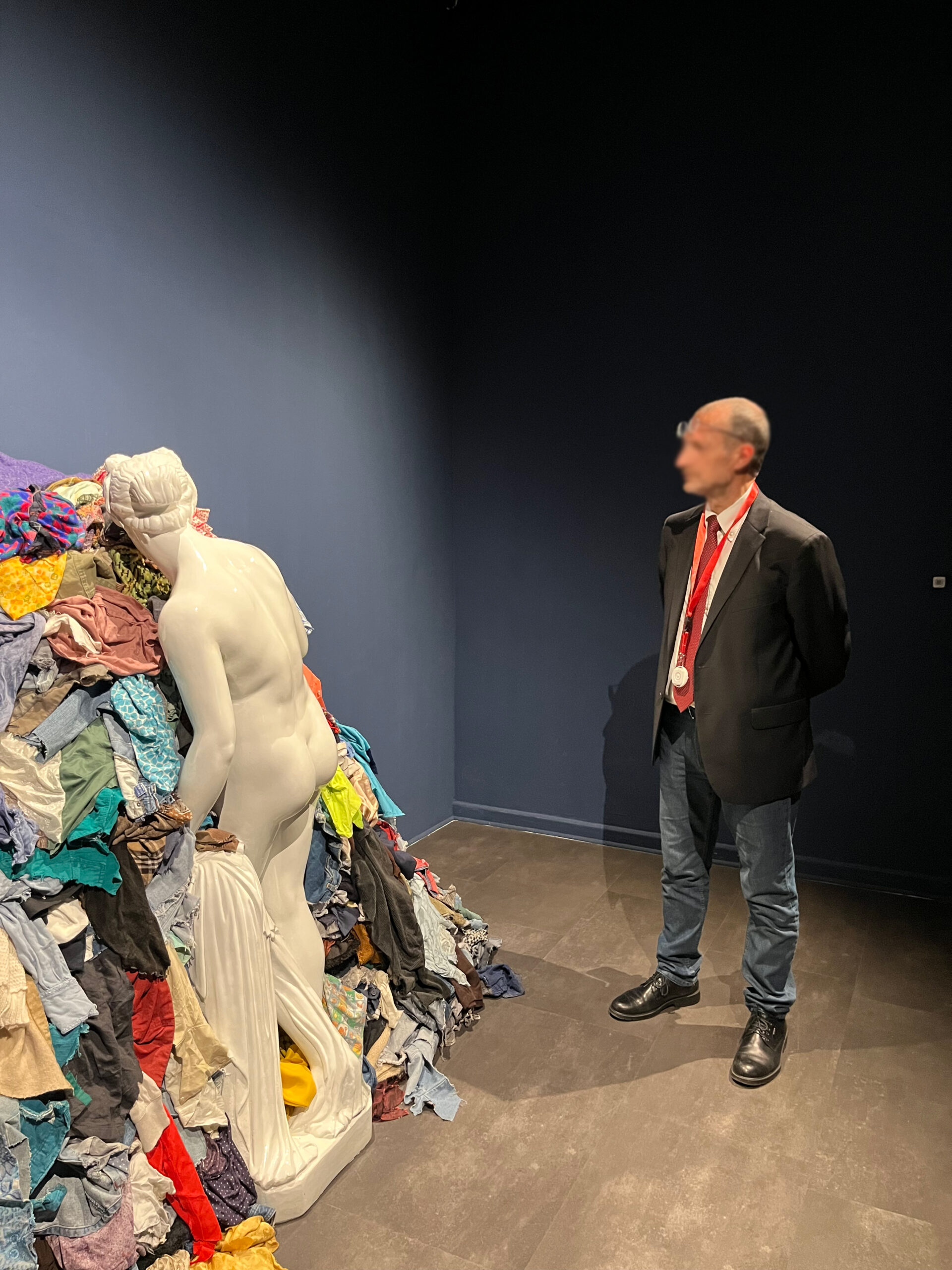IoT system and HBIM environment for a smart and sustainable museum
The project included sensor tests in the DART museum to assess the mobility and preferences of visitors with respect to the objects/products on display.
Specifically, sensors using Bluetooth Low Energy (BLE) wireless technology, i.e., "beacons" placed inside the room that pick up signals sent by "protector" devices, were installed at two cloister rooms. These devices are worn by museum visitors to locate their presence and passage, and communicate this information via a gateway to the server where the data is historicized, which will then be processed through specially developed algorithms and integrated into the cloister's information model.
The aim of the test is to conduct a brief experiment also on a small sample of visitors for an initial assessment of the most frequent stopping points and passages in the two rooms under study.
The information obtained will be able to give useful indications for better targeting the visit routes and the layout of the objects/products on display based on the preferences found among visitors during the stops.
By further applying these tests on a larger scale, more precise indications can then also be obtained on how to diversify and customize the exhibition offerings by themes and/or preferred categories.
This type of experimentation can later be integrated into an IoT system to collect and manage data of a different nature as well (climate comfort, security, maximum hourly attendance per hall, energy consumption, etc.).



